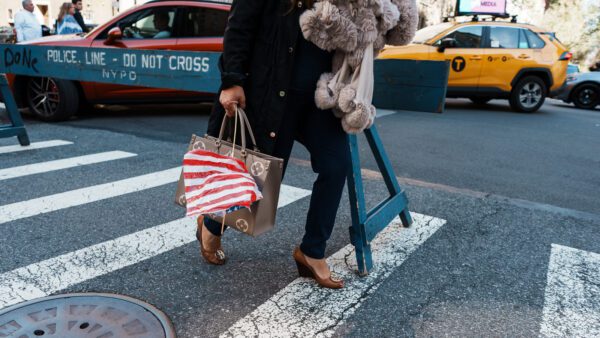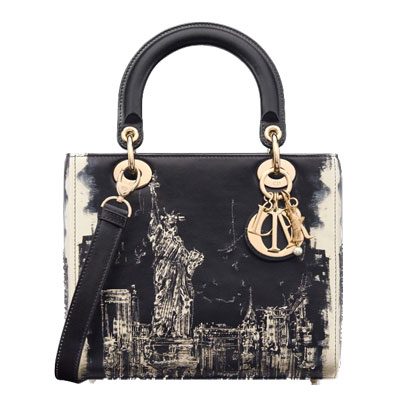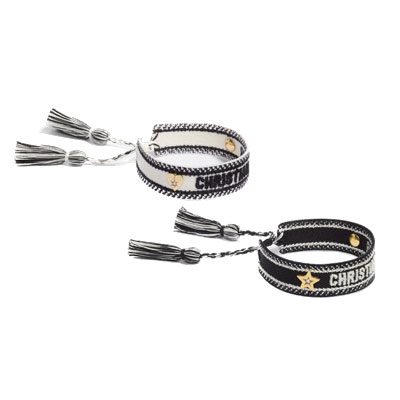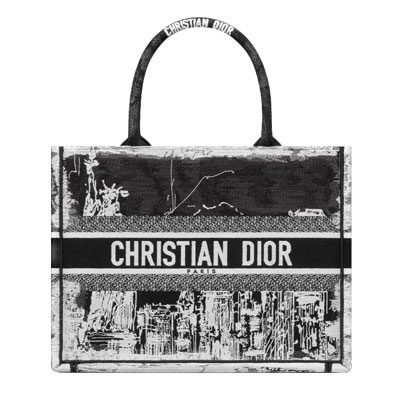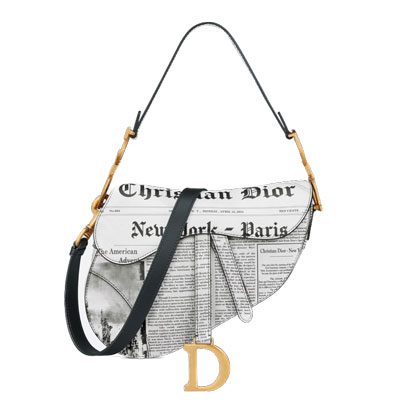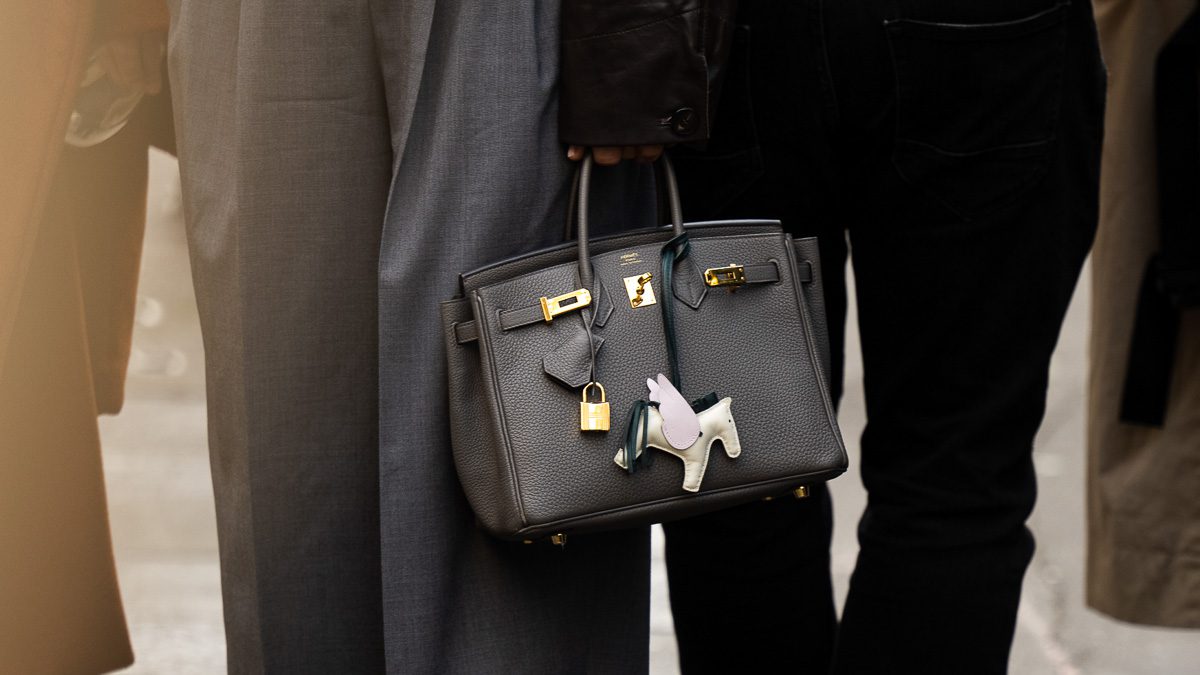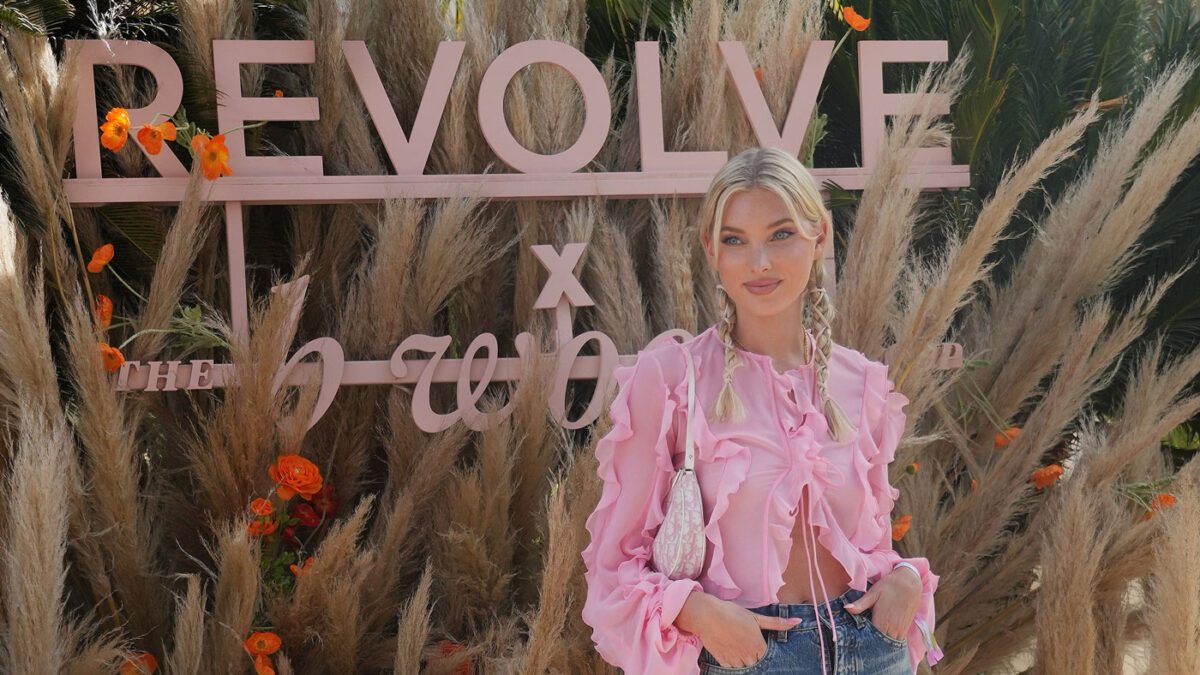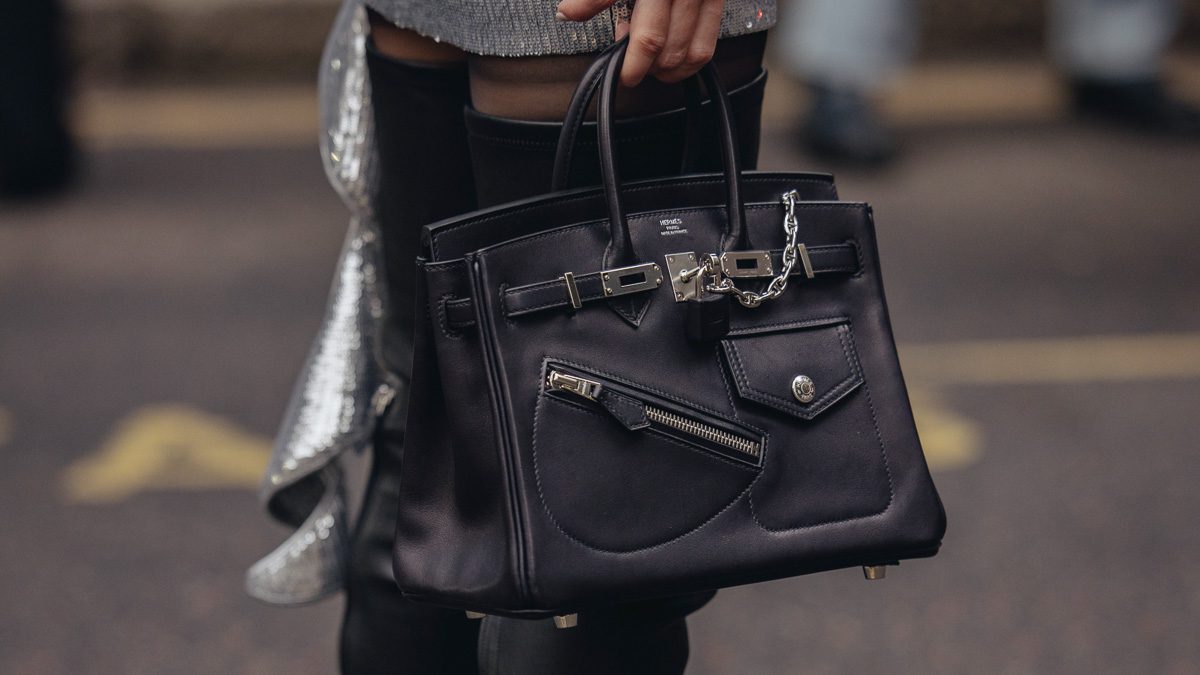Through the airy, perfumed store we stampeded, the other tourists on our heels.
“Hurry,” my aunt urged. “They’re overtaking us.” We’d waited outside in the cold for close to an hour, and she wasn’t about to cede our place at the head of the line.
The impeccably dressed salespeople lining the aisle of the store sang out, “Bonjour,” but I felt their contempt. Crazy Chinese tourists, they no doubt thought—and almost all of us were Chinese—All this for a stupid bag? My cheeks burned with shame.
Oh, how I loathed those salespeople with their glossy, insincere apologies, who shook their heads and sighed deeply and murmured, “We simply don’t have the Birkin in stock right now,” as the young woman in the patterned scarf would tell me just minutes later. We knew they were lying. We’d read the investigative reports accusing Hermès of burnishing their brand by creating an impression of scarcity. My aunt and I were certain that shelves of those absurdly expensive handbags in every color of the rainbow stood just beyond those walls.
Other writers spend their advances on first-edition books, the latest electronics, or, in one very lucky case, a BMW. But I knew, from the time I completed the very first draft of my forthcoming novel, Bury What We Cannot Take, that if I was fortunate enough to sell it, I would celebrate by buying a Birkin. I’m no Crazy Rich Asian, just a lover of fashion, to the extent that right out of college, before I decided to be a writer, I completed the executive training program at Banana Republic, hoping to make a career as a buyer. My apartment is furnished in IKEA, I drive an old Civic, I use generic drugstore shampoo, but my bag collection fills an entire coat closet. Here is the Chanel camera bag my mom gave me when I went off to college, the boxy Louis Vuitton purchased on the Champs-Élysées on my 21st birthday during my junior year abroad, the pale blue Marc Jacobs pocket bag that was everywhere back in the oughts, and which I’m impatiently waiting to age into vintage so I can finally carry it again. Here is the Hermès Evelyne messenger I bought when I sold my first book, somewhat on a whim, after I took the day off work and wandered into the San Francisco Union Square store. I chose the bag for its practical cross-body strap, its water- and scratch-resistant leather, its compact shape. Every time I carry my Evelyne, I recall the euphoria—and profound relief—of having learned my first book would finally be published after eight long months of submission and revision and resubmission. Each bag is my version of a Proustian madeleine.
I first read Proust my sophomore year of college, in a 19th- and 20th-century French literature course. The following year, I spent seven blissful months in Paris, living with a warm, chatty host mother who served me red table wine in a small crystal glass with our evening meal. These days, I read contemporary French novels and listen to French podcasts with as much discipline as I showed in school. I jump at every chance to return to Paris.
So how was it that day after day, here in my favorite city, where there were exhibits to visit, and restaurants to return to, and real French people to converse with in the language I’d worked so hard to make mine, I’d wasted precious hours confined to a small, dark square of pavement off the rue Saint-Honoré? My aunt was an important factor. She was a longtime Hermès customer who brought the same determination to her successful banking career as to her shopping, and she kept me focused on our goal.
But there was also the bag itself, and its undeniable allure.
What did I love about this sleek, structured and objectively somewhat non-descript handbag, priced two to three times the already very expensive ones crowding my closet? I loved the bag’s simplicity. I loved the saturated, blinding colors—vert bamboo, bleu electrique, orange poppy—that I would consider garish and impractical in any other bag. And yes, I loved what the Birkin stood for. It was a bag that was instantly recognized and coveted the world over, from Orchard Road, Singapore to Main Street, Concord, New Hampshire—two places I knew first hand. Singapore is where I was born and raised; New Hampshire is where I spent three icy, exhilarating, and exhausting years in boarding school. I escaped the New Hampshire winters by attending college in sunny Palo Alto. From there it was to Paris, San Francisco, Boston, and back to San Francisco. For as long as I can remember, I’ve loved traveling and moving, parsing accents and languages and social mores along the way. My mother, who’d spent a decade in Bloomington, Indiana, taught me American English even though British English is standard in Singapore. And when she sent me off to nursery school, she says I returned home to report that, “My teacher says I’m two and a h-ah-lf, but you say I’m two and a h-aa-lf.
Each time I fall for a new city, I consider whether I could live there long-term, and the answer has often been yes. Yes, I think to myself, yes, I could make a home in Lisbon, Buenos Aires, Mexico City, Tokyo, Prague. And if I had a Birkin, it would be at home in all of those places, too.
On our penultimate day in Paris, my aunt and I returned to the store for the fourth and last time. Instead of turning us away with a sad shake of her head, the saleswoman led us to a pair of soft, deep leather chairs in a quiet alcove and told us to wait while she “checked the stock.” She was perfectly pleasant—maybe because I spoke to her in my best French, maybe because she was by nature a pleasant person.
She returned with an orange box the size of a bassinet, and there, nestled in layers of tissue, was my Birkin in the perfect shade of cerise. When I gazed in the mirror, it dangled from my wrist like a graceful appendage. It transformed my basic cardigan and jeans into minimalist masterpieces, like the best Instagram filter; it made my heart race, like really good drugs. All around me the Chinese tourists nudged each other and stared. A young woman with a shiny ponytail surreptitiously took a picture on her phone and grinned at me, as if buoyed by my success.
My aunt and I walked the two hundred meters back to our hotel, laden with giant orange shopping bags, bright as stop signs.
“Careful,” she warned. “My friend got pickpocketed, in this very spot, after shopping at Hermès.”
We made it to our room unscathed. There, I lifted the lid of my orange box, peeled back the tissue, and ran my fingers over the lightly grained leather. Then I pushed the box into the closet and headed into the sunshine to finally enjoy my city. I would visit the Picasso museum, stride through the Place de la République, eat a berry galette by the Canal Saint-Martin. I was in no hurry to carry my bag. A classic would always be in style.
These days I’m back living in Singapore, as a writer in residence at a university. My Birkin made the trip with me, tucked into a Longchamp Le Pliage tote to shield it from dust, scratches, and other indignities of airport security. It’s been two decades since I’ve lived here, but I slip into Singlish the instant I get in an Uber, switch to Chinese when ordering Singapore-style iced coffee with condensed milk (less sugar, please), revert to American English with expat colleagues. I pair my Birkin with cutoffs and shower slides to run errands, with a midi dress and block heels for dinner at my parents’ club, with a romper and wedges for drinks with old classmates. My Birkin is a chameleon, equal parts flamboyant and discreet, frivolous and weighty. My Birkin will not be pinned down.
Kirstin Chen is the author of the novels Bury What We Cannot Take and Soy Sauce for Beginners. She is currently working on a novel about the counterfeit handbag trade. You can follow her on Twitter and Instagram.


